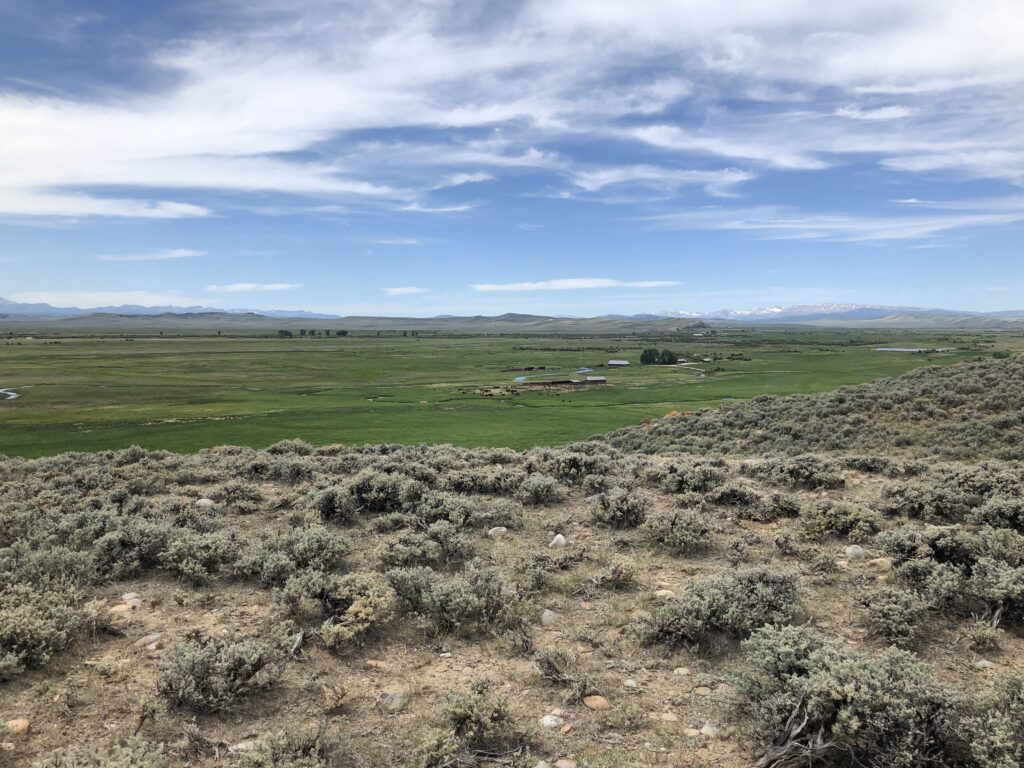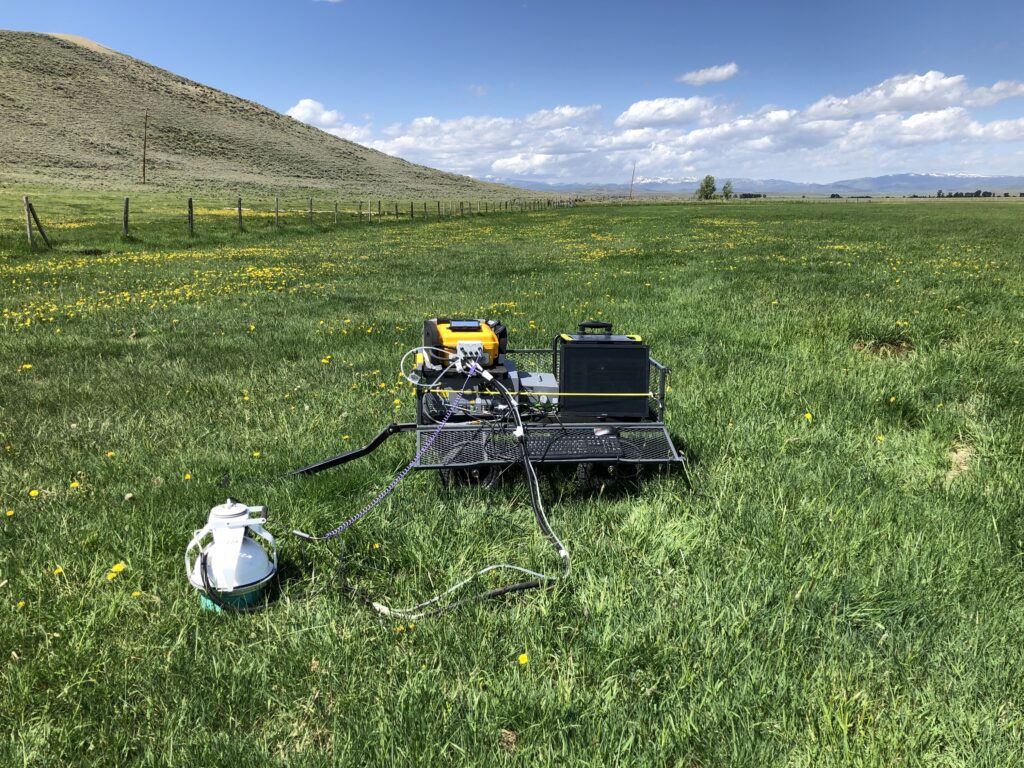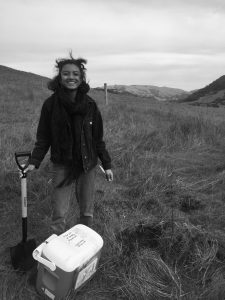Drylands cover about 40% of the world and the vast majority of the American West. They are expansive, diverse places all united by one thing: water limitation. These ecosystems are slow to build up carbon and slow to decompose it, which leaves rich pools of old carbon, the majority of which is stored in the soil. Soil carbon has become somewhat of a hot topic in the climate change mitigation world but very little of this research and policy-making has centered around arid places. One of the consequences of this is ignoring the incredible, but underappreciated role, which drylands play in the carbon cycle: they (may) take up methane!
Methane is a greenhouse gas with a much higher warming potential than carbon dioxide. It is released both through human activities and land use (i.e., fracking and agriculture) as well as through natural sources such as wetlands. There has (rightly so) been a lot of concern about methane release to the atmosphere from these sources and how to best mitigate those emissions. Given that most natural sources of methane to the atmosphere occur in water-saturated places, drylands have not been a central focus of the conversation on these emissions. But these ecosystems house a group of organisms which can play a big role in methane cycling: methanotrophs. Methanotrophs are microbes which consume methane and use it as an energy source, thus pulling methane out of the atmosphere.

One of the reasons methane consumption in drylands doesn’t receive a ton of attention is because these fluxes into the soil are relatively small. They aren’t negligible but they certainly look small if you compare them to the emissions from a wetland or the projected emissions coming from the warming of the Arctic. However, there are a lot of drylands around the world and the magnitude of those fluxes into the soil may vary depending on where you are. There could be entire regions of the West which are natural methane sinks.
If this is such an important process happening in drylands, why am I not speaking more definitively about this? Because there isn’t just enough information about how methane cycles differently across dryland landscapes. I am spending the summer in Pinedale, Wyoming, carting around a greenhouse gas analyzer, trying to tackle some of these questions. While the dominant sagebrush ecosystems take up methane, even the local wetlands (which do not take up a large portion of the landscape but release a ton of methane) may offset what is taken up. Or they may not! Whatever the results, understanding the impact of these unique microbial communities and landscapes on our greenhouse gas balance is something worth exploring.

So how do you measure these fluxes? One way to do this is by taking a gas analyzer outside. With the help of a very nice, patient field technician, I push this cart to whatever location I’m measuring at. Sometimes that requires hauling this through a bog, sometimes it is cruising over a meadow, and sometimes it is barreling over sagebrush. Wherever it is, once we arrive, we can start taking flux measurements. To do this, once I have turned the analyzer on, I place the chamber on top of a soil collar. The chamber then makes an air-tight seal and starts reading gas concentrations in the air above the soil over the next 8 minutes. The way these concentrations change over the time and a given area represents the soil gas flux. We also take soil moisture and temperature measurements as these are often the strongest controls on microbial activity.
Sometimes, this can feel like just pushing a very heavy cart. But later that day, once I have taken a shower and finished the flux calculations, I start to see the fragments of microbial activity across these systems slowly joining together. It feels a bit like starting to piece together the story about how complicated communities and soils in this landscape interact with each other and with us. Can a few organisms help mitigate some of our greenhouse gas emissions? Could a few hotspots in the same area really negate that effect? We will hopefully get some clarity on these questions for this region. But the impact of drylands on methane cycling is something yet to be explored in places all over the world. Drylands are important and their role in the carbon cycle is likely complicated by some of the effects of climate change itself. Understanding and managing how drylands store and lose carbon is a huge conservation challenge but one which is critical to preserving the important regional and global services these ecosystems provide.
Uthara Vengrai, Western Resource Fellow|Uthara Vengrai is a Master of Environmental Science candidate at the Yale School of the Environment. Her thesis research combines simulation modeling and field research to better understand the effects of land use practices and global change on biogeochemical fluxes and soil organic matter in dryland ecosystems. Originally from southern California, her academic interests are strongly motivated by a desire to produce research that helps inform and prepare communities in the West for the impacts of climate change. Uthara holds a Bachelor of Science degree in Environmental Sciences from the University of California, Berkeley. See what Uthara has been up to. | Blog

